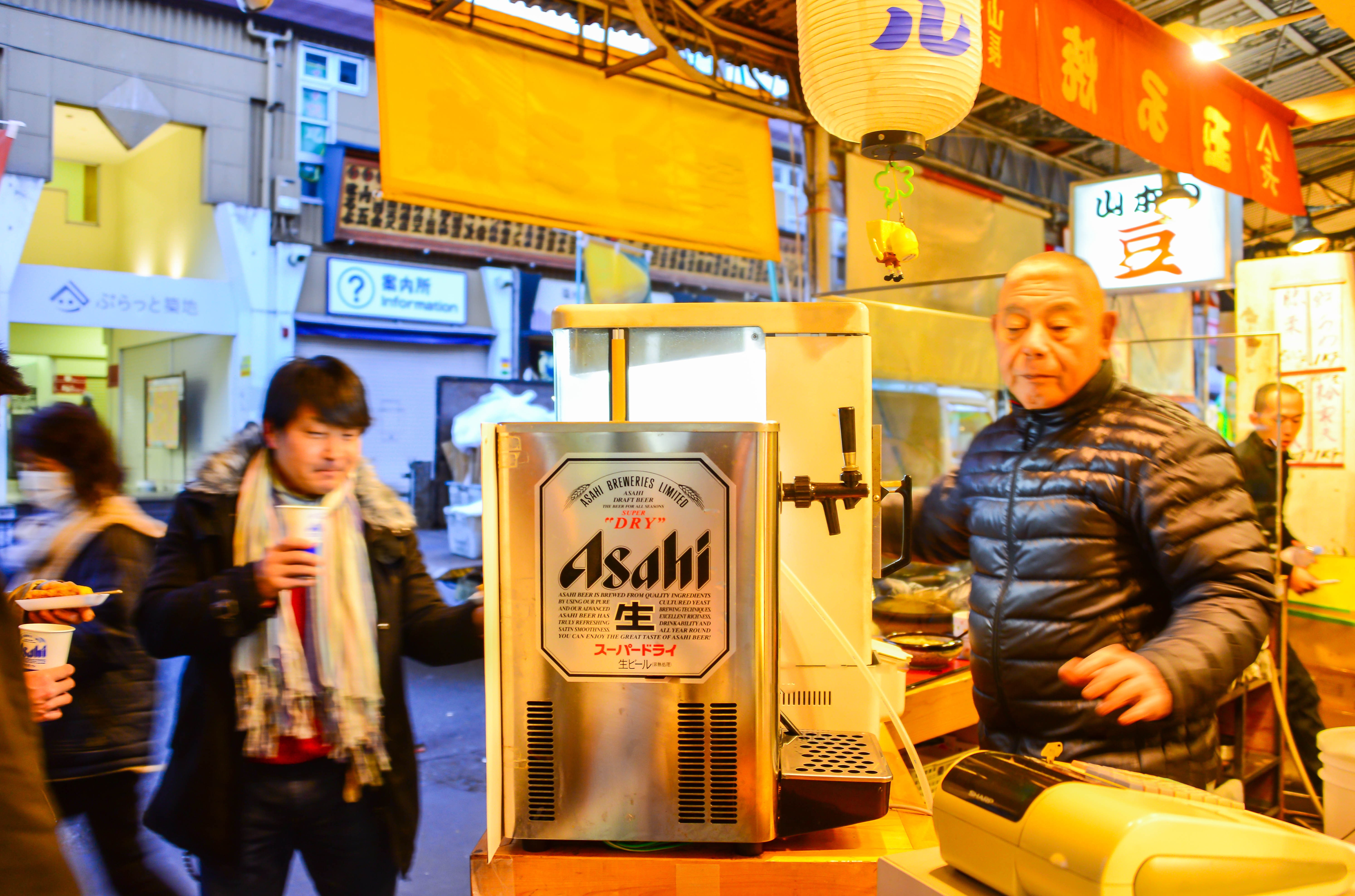
Until April 1994, tight regulations meant Japan’s beer production was restricted to a small number of macro-brewers. The law placed a restrictive 2,000,000 litre per year requirement on firms, restricting brewing to all but the biggest producers.
However, deregulation saw production requirements scaled back to 60,000 litres per year, encouraging new brewers to enter the market and motivating more traditional producers of sake and shochu to diversify.
The initial frenzy for fermentation proved to be a damp squib; 1997 marked the peak, with 117 new microbreweries opening, but by 2001 sales had bottomed out and the number of new breweries had sunk to single digits. Many breweries were forced to close, under pressure from huge competitors like Asahi and out of step with popular tastes.
However, the pendulum is starting to swing the other way. The number of Japanese microbreweries is closing in on its late-1990s peak of around 300, with most recent estimates at over 250. Is this the sign of a long-run revival or could Japanese craft ale fall flat?
Craft is on the up
Recent estimates suggest the value of craft beer rose from 23.6 billion yen in 2015 to 25.2 billion yen in 2016 for restaurants serving these potent brews. Kirin, one of Japan’s traditional “big 5” brewers, anticipates craft beer production will double from 24 million litres in 2014 to 48 million litres by the end of 2017.
Japan’s five largest brewers have good reason for keeping a close eye on developments in the industry. Their market share has slid by nearly a quarter in the last 10 years, despite the fact that craft beers can cost up to five times more than a conventional can.
The success of Japan’s larger microbrewers reflects the vibrancy of the sector as a whole. Many of the new brewers’ flagship ales, though heavily derived from brewing trends in Europe and America, are ably competing with their intercontinental counterparts.
Kiuchi, situated in the Ibaraki Prefecture, provides an interesting case study. Once a sake producer, it expanded into beer following 1994’s reforms; its Hitachino Nest range of beers, including stouts, IPAs and witbiers, are now a mainstay in some of Europe’s biggest supermarket outlets and restaurant chains.
From micro-brewing to macro-trend
Although the indicators are positive, Japanese craft beer still has a long way to go. Despite forecasts that growth will triple over the next three years, its current 1% market share remains small.
Additionally, the more established brewers are taking action to shore up their dominance. Kirin is flexing its brewing muscle both at home and abroad in an effort to harness the power of craft beer, buying minority shares in domestic label Yo-Ho Brewing in 2014 as well as a 25% stake in US-based Brooklyn Brewing at the end of 2016. Such big-money moves threaten to overwhelm small-scale microbreweries.
Nevertheless, the cross-sector recognition of craft beer’s rise in Japan points to a definitive shift in tastes. Currently, Japan has one of the most innovative, trendsetting craft beer markets in East Asia, but it is only a matter of time before its neighbours catch up. With craft now dominating 25% of the beer market in America, continuing to expand while total beer consumption stagnates, it is clear that growth potential in new markets is enormous.
Additionally, the sector is diversifying. Scottish craft beer giant Brewdog opened its first bar in Tokyo in 2014, and Denmark-based Mikkeller followed suit the year after. The fact that well-established European trailblazers are using Japan as a launch pad for their Asian operations demonstrates how far craft beer in the country has come.
The late 1990s may have marked a false start, but now Japan’s craft beer cup looks set to overflow. Changing appetites and fast-moving industry evolution are trends for which foodservice consultants must be prepared; Japan provides a test case, and the rest of Asia looks set to follow.
Thomas Lawrence
